Crested succulent is a unique variety of plants that have an unusual structure that resembles a brain or coral.
In this blog post, we have listed everything about crested succulent – from what they are to how to care for them, the different types available, why they’re so great as indoor plants, and even how to propagate them.
Table of Contents
What is a crested succulent?
A crested succulent is a unique type of plant that has abnormal or irregular growth. And they differ in their shapes, colors, and sizes depending on the species.
They also come in different colors ranging from shades of green to purple and red.
Instead of growing like a rosette, a cresting succulent grows in a fan, brain, or coral shape, creating a new and unique appearance.
This unusual growth can occur due to genetic mutation or environmental stress such as extreme heat, cold, or damage to the plant.
Some can be small enough to fit on your windowsill while others can grow several feet.
Due to their unique appearance, crested succulents are very popular among plant lovers around the world. And they can grow both indoors and outdoors.
How to care for a crested succulent
These plants don’t require any special care. They actually require very minimal maintenance and care.
All these plants need is:
- Well-draining soil – They need well-draining soil that doesn’t hold onto excess water. Because excess water can cause root rot which can kill your crested succulent.
- Optimal Watering – When watering your plant, it’s best to give it a good soak but then allow the soil to dry out completely before watering again. You should also avoid getting water on the leaves or stem as this can cause damage and mold growth.
- Indirect Lighting – They need bright light but not direct sunlight. Direct sunlight can sunburn their leaves. If you notice your plant stretching towards the light or its colors are fading, consider moving it closer to a window or providing additional artificial lighting.
- Fertilization – They don’t need too much fertilizer. Adding fertilizers once in 3 to 4 months works best for them.
The different types of crested succulents
Crested succulents come in a variety of shapes and sizes, each with unique features and appearance. Here is a list of some of them:
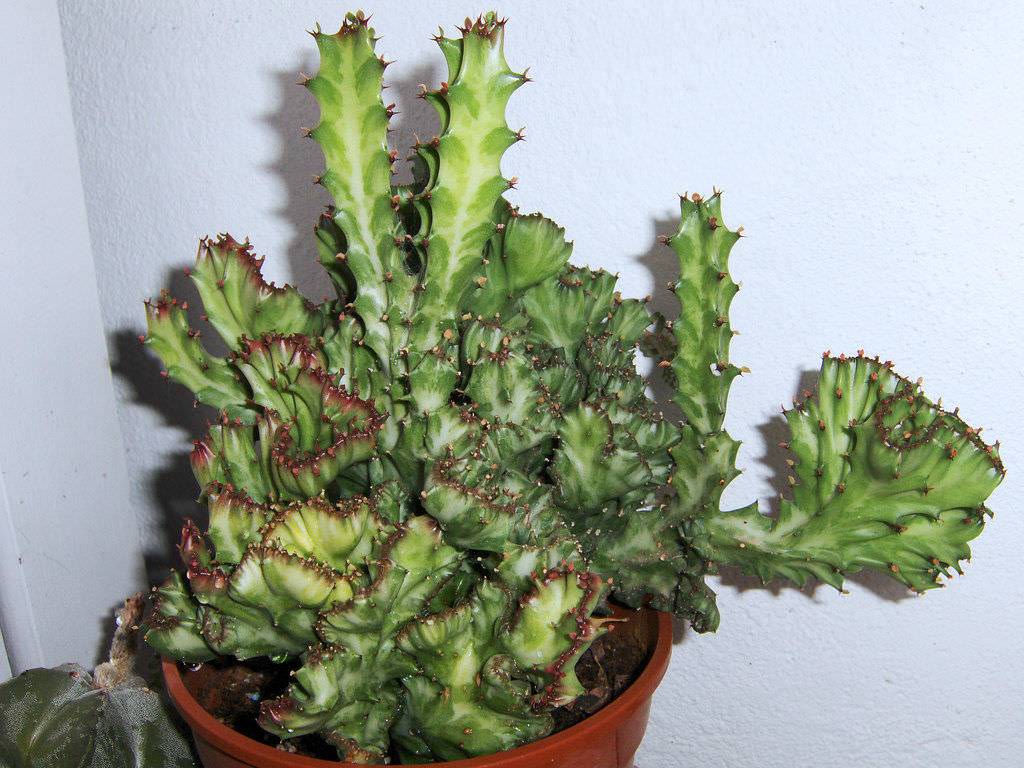
Euphorbia lactea crest– It has a wavy green crest at the top of its trunk-like stem.

Gymnocalycium mihanovichii – This plant is also known as the “Moon cactus”. This plant comes in various colors such as pink, orange, and red.
It has flowers on its top and resembles a sea creature.
Astrophytum asterias f. cristatum – This plant is also called a “Star cactus.” And it has a flat-topped crest that looks like it’s covered in lace.

Cereus peruvianus variegated monstrose – This plant is called a “Blue torch.”. It has a colorful blue appearance that can brighten up any room.

Mammillaria elongata ‘Cristata,’ – This plant is commonly referred to as a “Brain cactus”.
It has multiple heads on top of one another forming a complex and interesting pattern resembling the pattern of the brain.
These are just some examples of different types of crested succulents available on the market today.
Are crested succulents indoor plants?
Crested succulents can be a beautiful addition to your indoor garden. Just like other succulents, they can also be grown indoors.
And here are several reasons why you should consider adding them to your indoor garden:
i) Low-maintenance – Most varieties of crested succulents can grow in bright, indirect sunlight and require minimal watering. They’re also quite hard and can withstand under-watering.
ii) Variety – There are multiple different varieties of crested succulents each having a unique shape, form, color, and appearance.
iii) Air purification – They release oxygen as they grow during photosynthesis which makes them natural air purifiers.
How to propagate crested succulents
Propagating crested succulents is fun and exciting that helps you learn a lot of things about succulents.
Most crested succulent varieties can be propagated easily through stem cuttings or offsets.
1. By stem cutting
Take a healthy, non-crested shoot from the main plant and let it dry for a few days.
Then, place it in well-draining soil.
Keep the soil moist until new roots form and then gradually reduce watering as the new plant establishes.
2. By Offsets
Offsets are small plants that grow from the base of the mother plant.
To propagate your crested succulents from offsets, remove the offsets with a sharp knife.
Allow them to dry for one or two days, and then replant in well-draining soil.
It’s important to note that some crested succulents may be slower growers than non-crested succulents.
So, be patient and give them time and they will reward you with beautiful new plants.
Once your propagated plants have established themselves, make sure to continue to care for them.
We hope this article has been helpful in introducing you to the world of crested succulents. So go ahead and try growing one yourself and let’s know about your journey as well in the comments!
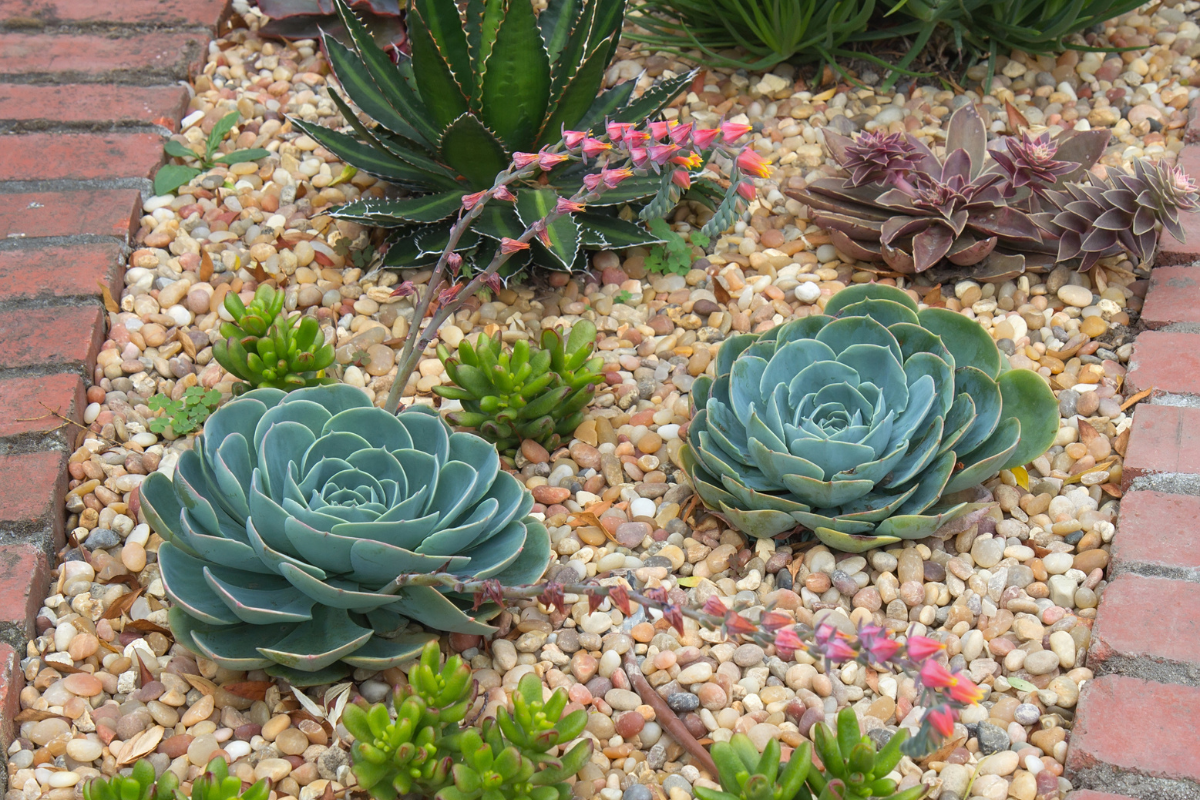
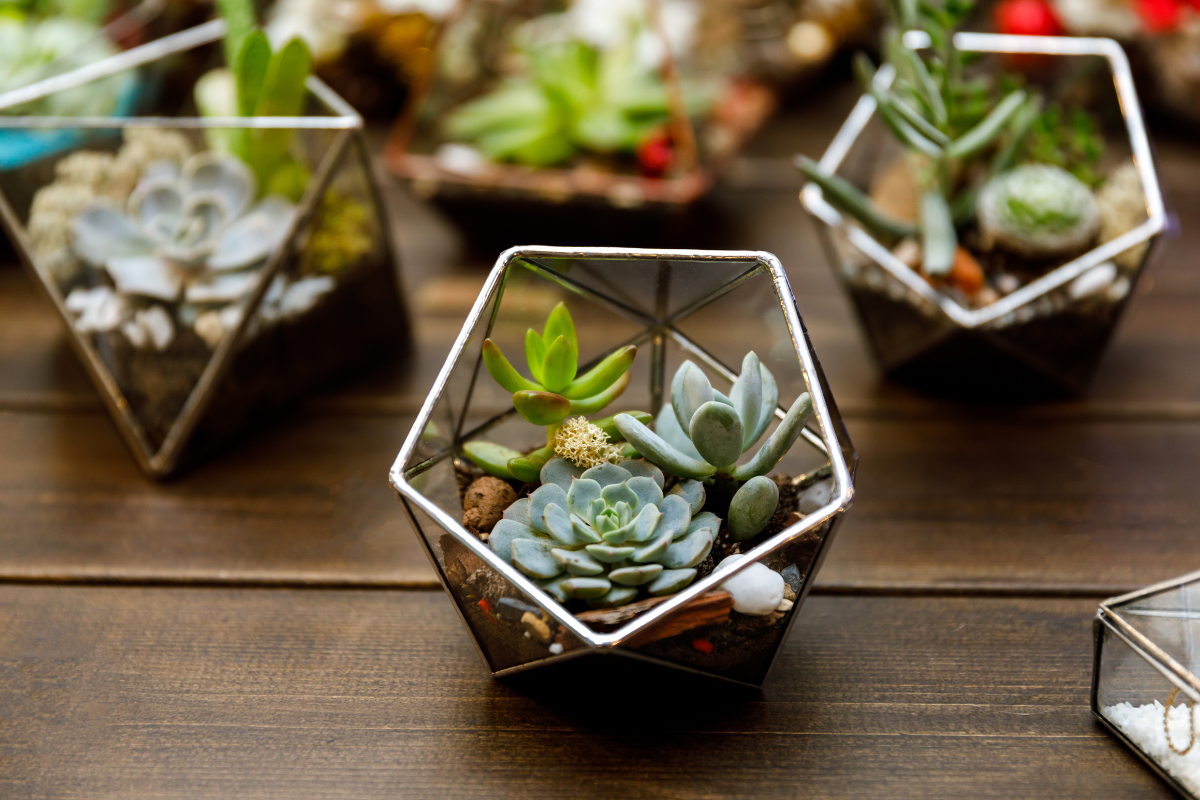
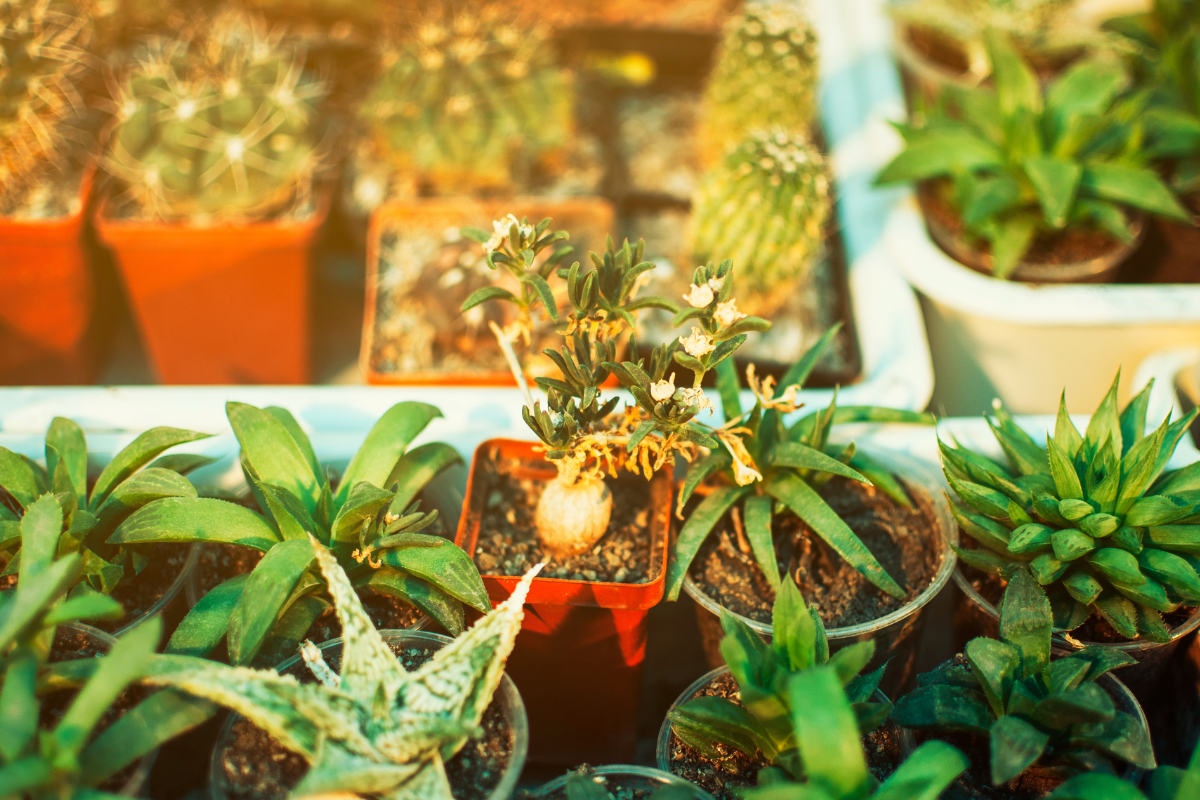
Наши специалисты предлагают выгодно купить диплом, который выполняется на бланке ГОЗНАКа и заверен печатями, штампами, подписями. Наш диплом пройдет любые проверки, даже при использовании специфических приборов. mamuli.club/forum/topic/34479